The Bear Canada is home to a diverse array of wildlife, and one of its most iconic and majestic creatures is the bear. With its vast wilderness and abundant natural resources, Canada provides an ideal habitat for various bear species. From the towering grizzly bears to the elusive black bears, these magnificent animals play a crucial role in maintaining the ecological balance of the Canadian wilderness.
The Bear Canada: Canada is home to three main bear species:
The grizzly bear (Ursus arctos horribilis), the black bear (Ursus americanus), and the polar bear (Ursus maritimus). Each species has unique features that enable them to thrive in specific habitats across the country. Understanding the distinctions between these bears will help us appreciate their significance in the Canadian ecosystem.
The Bear Canada: Habitat and Distribution of Canadian Bears
From the rugged mountains of British Columbia to the boreal forests of Ontario and the Arctic tundra, Canadian bears inhabit diverse landscapes. We will explore how the availability of food, shelter, and suitable conditions varies across these regions and how it influences bear distribution.
The Role of Bears in Canadian Ecosystems
Bears are considered “keystone species” in many Canadian ecosystems, meaning their presence significantly influences the structure and diversity of the entire ecosystem. By controlling prey populations and dispersing seeds, bears contribute to the health and resilience of the ecosystems they inhabit.
The Bear Canada: Bear Behavior and Communication
Understanding The Bear Canada behavior is crucial for ensuring human safety and coexistence. Bears utilize various vocalizations, body language, and scent-marking to communicate with one another and establish territories. This knowledge can also help researchers and wildlife enthusiasts gain insights into their daily lives.
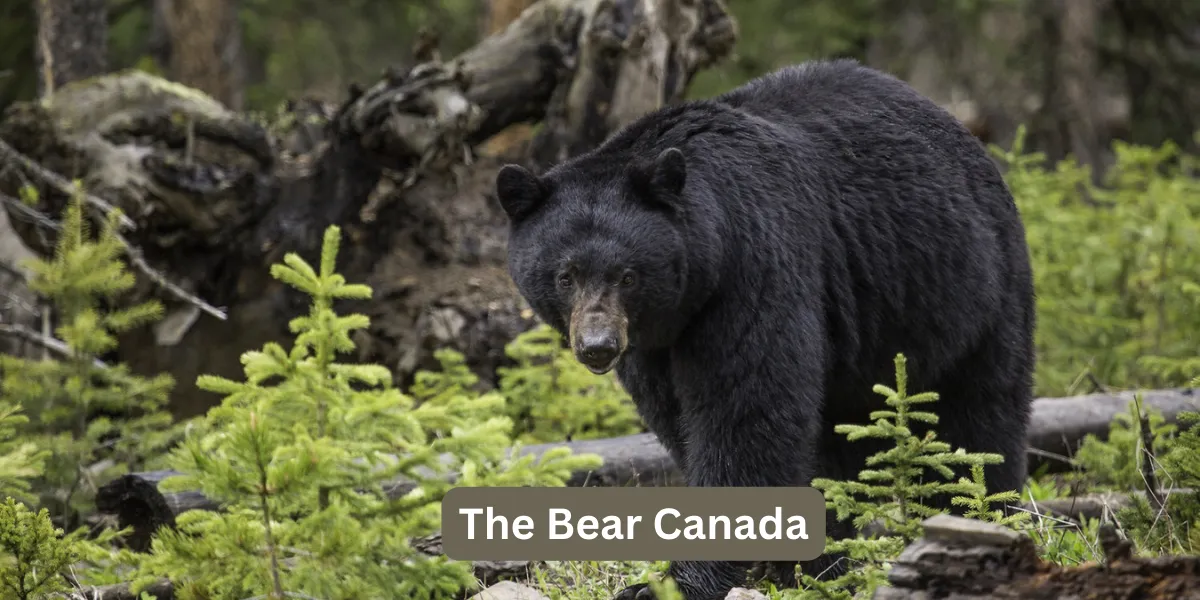
Bear Diet and Feeding Habits
Bears have a varied diet, and their food choices change throughout the year depending on seasonal availability. From foraging for berries and plants during warmer months to hunting for fish and small mammals, their adaptability as omnivores allows them to survive in different environments.
Bear Reproduction and Family Life
Reproduction is a critical phase in the life of a bear, and understanding their reproductive patterns is essential for their conservation. We will explore the intricacies of bear mating rituals and how mother bears care for and protect their cubs, ensuring the survival of the next generation.
Bear Conservation in Canada
Despite being an integral part of Canada’s wilderness, bears face numerous threats, including habitat loss, human-wildlife conflict, and climate change. We will highlight the ongoing conservation efforts undertaken by various organizations and government agencies to protect these majestic creatures.
Bear-Wildlife Conflicts and Mitigation Strategies
As human populations expand into bear habitats, conflicts between humans and bears have become more frequent. We will examine the factors contributing to these conflicts and the strategies employed to mitigate them, such as bear-proofing communities and responsible camping practices.
Indigenous Peoples and Bears in Canada
Bears hold a special place in the traditions, stories, and spirituality of many Indigenous communities across Canada. We will delve into the cultural importance of bears and the deep connections between Indigenous peoples and these majestic creatures.
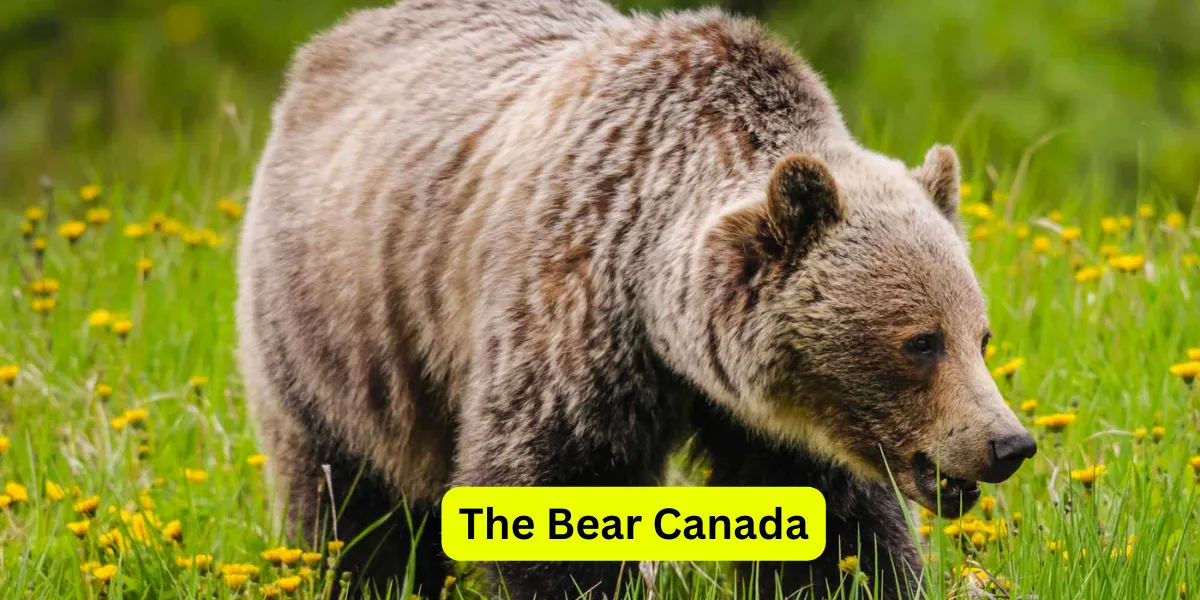
Bear-Watching and Ecotourism in Canada
With the increasing interest in wildlife tourism, bear-watching has become a sought-after activity for tourists visiting Canada. We will explore the benefits and challenges of ecotourism, emphasizing the importance of responsible and ethical practices to minimize disturbance to bear habitats.
Climate Change and its Impact on Canadian Bears
Climate change poses a significant threat to bear populations in Canada. As temperatures rise and ecosystems shift, bears must adapt to changing conditions or face increased challenges in finding food and suitable hibernation sites.
Scientific Research and Bear Conservation
Research plays a crucial role in bear conservation, providing valuable insights into their biology and ecology. We will delve into the various research methods employed to study bears, including GPS tracking, genetic analysis, and behavioral observations.
Legislation and Policies for Bear Conservation
Various federal and provincial laws have been established to safeguard bears and promote their conservation. We will examine these legal frameworks and discuss the challenges in implementing and enforcing them.
The Future of Canadian Bears
As Canada’s wilderness faces increasing pressures from human activities and climate change, the fate of its bear populations hangs in the balance. By understanding their ecological significance and implementing conservation measures, we can work together to secure a future where these majestic animals continue to roam the Canadian landscapes.
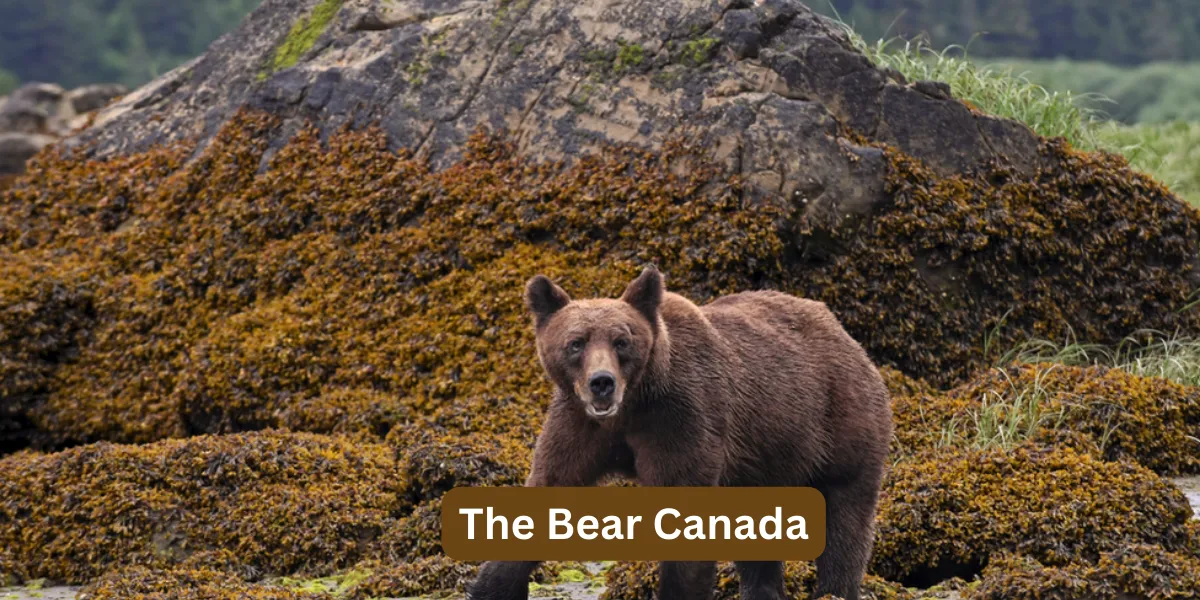
The bear population in Canada plays a vital role in maintaining the country’s rich biodiversity and ecological balance. Their significance in Indigenous cultures, coupled with the growing interest in ecotourism, highlights the need for responsible conservation efforts. By addressing the challenges posed by climate change and human-wildlife conflicts, we can ensure that future generations can witness the majesty of the Canadian bear in its natural habitat.
Click here for more visited Posts!



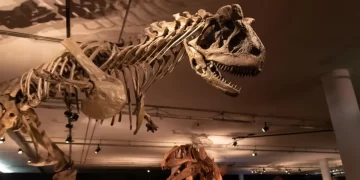



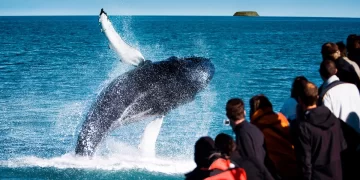






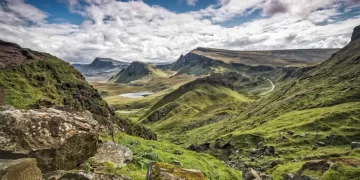










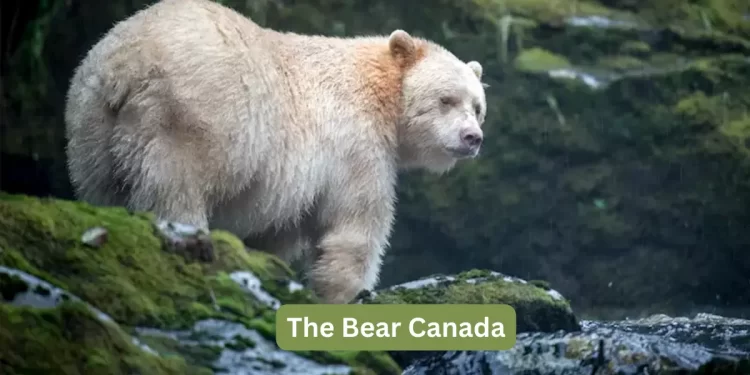
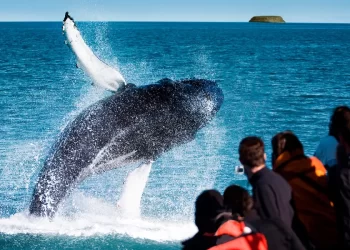













Discussion about this post